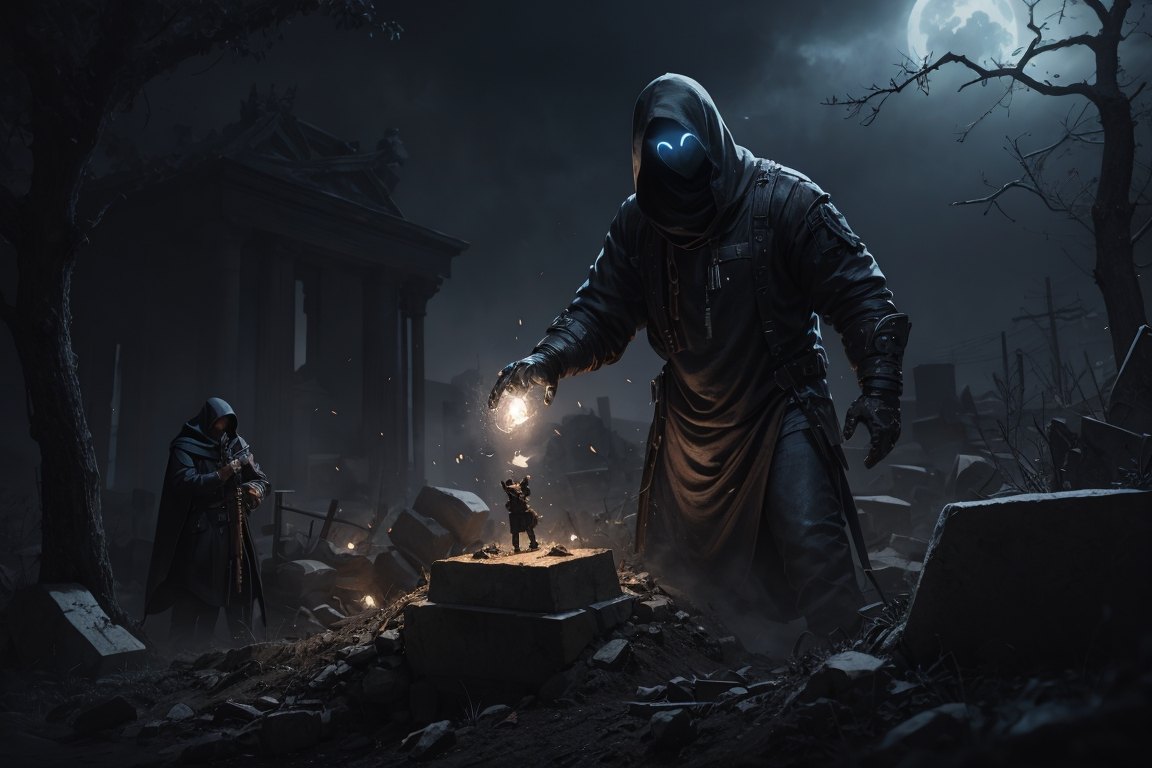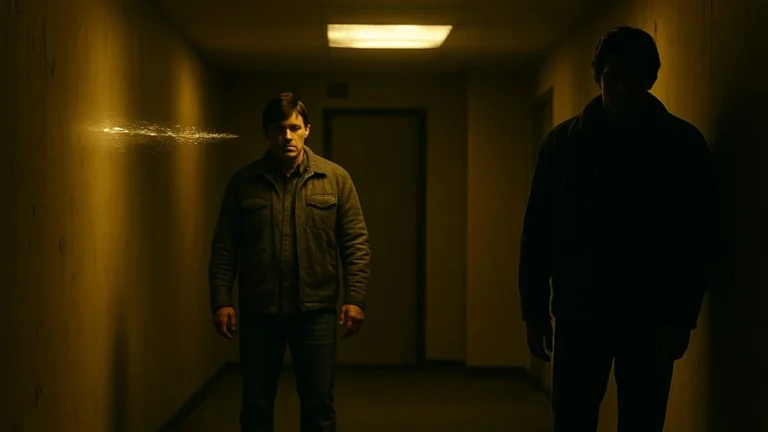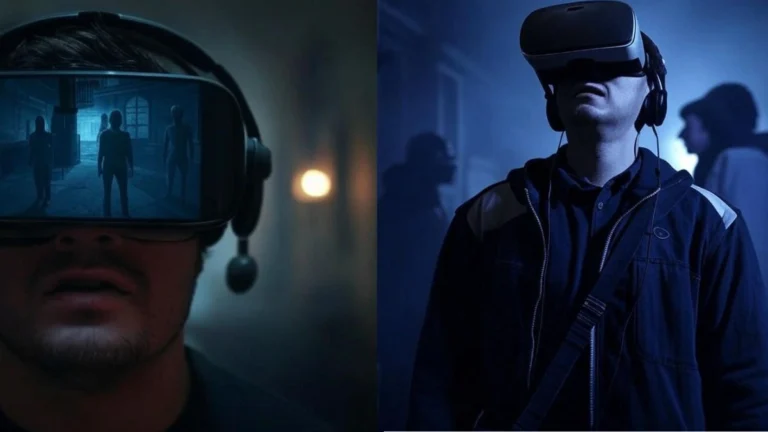Ghostly activity often seems tied to specific locations—old houses, battlefields, hospitals, and even roads where tragic accidents occurred. But why do spirits linger in these places instead of moving on? Here are 7 theories (both scientific and supernatural) that explain why ghosts may haunt certain spots.
1. Unfinished Business or Trauma
Many believe spirits stay behind because they:
- Died suddenly or violently (murder, accident, war).
- Have unresolved regrets (unfulfilled love, revenge, unspoken words).
- Don’t realize they’re dead (common in tragic deaths).
🔹 Example: A ghostly soldier still “patrolling” an old battlefield.
2. Residual Energy (The “Stone Tape” Theory)
Some hauntings may not be intelligent spirits but imprints of past emotions or events, like an echo.
- Strong emotions (fear, grief, joy) “record” into the environment.
- The energy replays like a loop (e.g., a ghost seen reenacting their death).
🔹 Example: A woman in white always seen walking the same hallway where she died.
3. Attachment to Objects or Land
Spirits may cling to:
- Belongings (a favorite chair, jewelry, a childhood home).
- Sacred ground (cemeteries, churches, ancient burial sites).
- Land with historical significance (Native American territories, old battlegrounds).
🔹 Example: A ghost lingering near a family heirloom.
4. Portals or “Thin Places”
Some locations are considered spiritually thin, where the veil between worlds is weak:
- Ley lines (energy grids beneath the Earth).
- Places where rituals or deaths occurred.
- Natural spots (waterfalls, caves, crossroads).
🔹 Example: The Stanley Hotel (inspiration for The Shining) is said to sit on a ley line.
5. Religious or Cultural Beliefs
Different traditions explain hauntings differently:
- Buddhism: Spirits stuck in the Bardo (between lives).
- Christianity: Souls in Purgatory or demons masquerading as ghosts.
- Mexican folklore: Spirits visiting during Día de los Muertos.
🔹 Example: A ghost unable to cross over due to improper burial rites.
6. Electromagnetic Disturbances
Science offers alternative theories:
- Infrasound (low-frequency sound waves causing unease).
- High EMF levels (from wiring, appliances) triggering hallucinations.
- Carbon monoxide poisoning (causing ghostly visions).
🔹 Example: “Haunted” houses with faulty electrical systems.
7. They’re Not Ghosts—But Something Else
Some entities reported as ghosts might actually be:
- Poltergeists (energy tied to a living person, often a teen).
- Shadow people (interdimensional beings?).
- Demonic entities (posing as spirits to deceive).
🔹 Example: A “ghost” that interacts intelligently but grows hostile over time.
Final Thought
Whether ghosts are spirits, energy imprints, or something else, hauntings often revolve around strong emotions, history, or environmental factors. If you encounter one, stay calm, set boundaries, and cleanse the space if needed.
👻 Do you believe in ghosts? Share your thoughts below!








